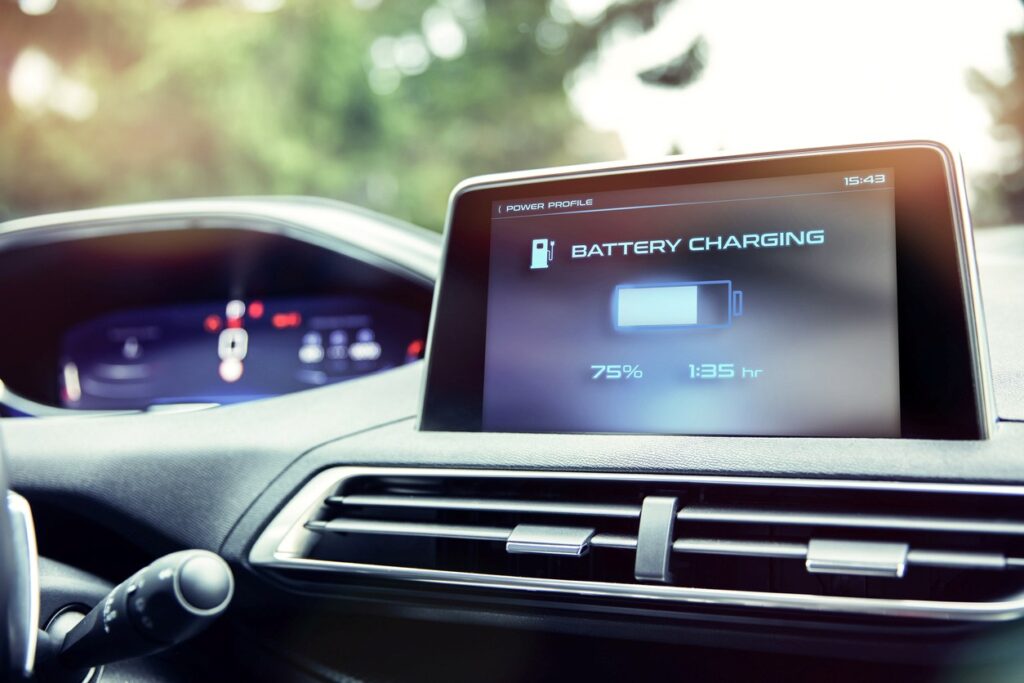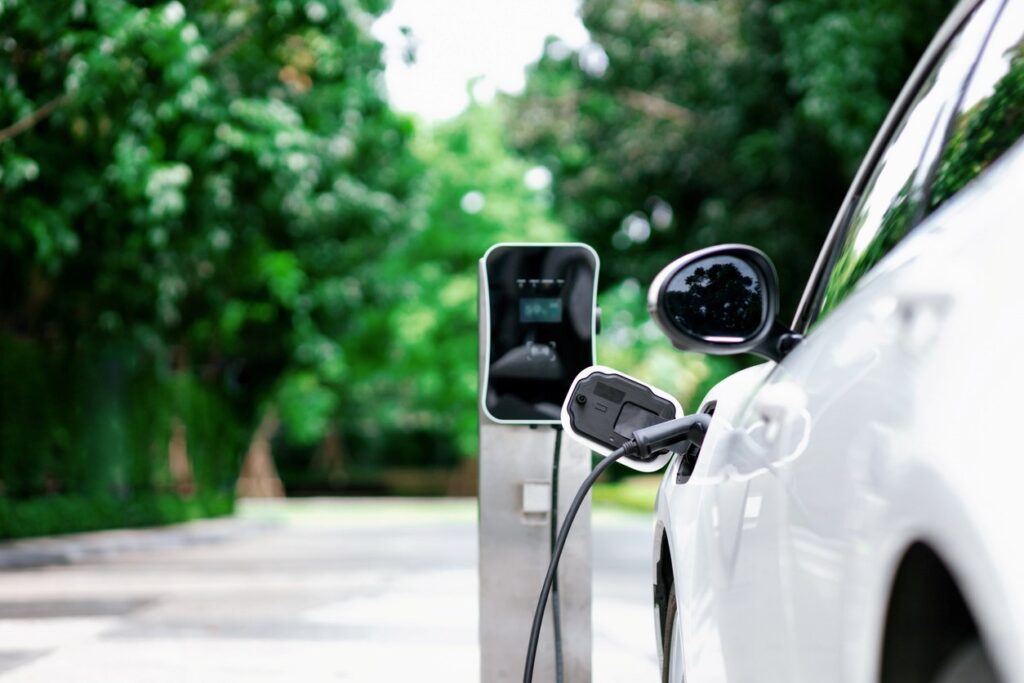With models like the Model 3, Model S, and the new Cybertruck, Tesla has changed how people think about driving. More and more people worldwide are discussing battery-powered electric cars and thinking about getting one.
But even though Tesla is known for its smart technology and unique designs, many still wonder if you can count on them to work well for a long time. In this blog, we’ll take an in-depth look at them and help you decide if a Tesla is right for you.
Understanding Tesla Reliability
When understanding Tesla’s reliability, it’s important to look at how well the cars perform, how they’re built, and how their high-tech features hold up over time.
Performance and Driving Experience
Teslas are known for being fun and fast to drive. They can speed up quickly, especially models like the Model 3 and the superfast Model S Plaid. Some Teslas have two or even three motors, which helps them drive smoothly, turn easily, and stay steady on the road.
Since Tesla doesn’t have gas engines, fewer parts can break. This means they usually have fewer problems over time. If you like high-tech cars that are exciting to drive, Teslas are a great choice!
Build Quality and Design
Even though Tesla cars drive well, they have problems with their construction. In the past, things like uneven parts, messy paint, and rattling noises inside the vehicle were reported, especially in older models. There have also been claims the interior material doesn’t feel as premium as some other luxury car competitors. Although Tesla continues to work to improve the quality of its cars, checking the car carefully before buying one is always a good idea.
Software Updates and Technology

Tesla uses a lot of software to work, which can be both good and bad. The cool part is that Tesla relies on over-the-air updates, making the car drive better, adding new features, or even making fun changes like new games or music options. This helps the car feel new, even after you’ve had it for a while.
But sometimes, these updates can cause problems or make things work differently without warning. Some features might even disappear, and drivers must get used to the changes.
Battery Life and Charging
One of the most important parts of owning a Tesla is understanding how long the battery lasts and how long it takes to charge.
How Long Do Tesla Batteries Last?
Electric vehicle shoppers are often concerned about battery longevity. Fortunately, Tesla’s batteries tend to last. On average, Tesla batteries retain 70% to 80% of their capacity after eight to 10 years or 100,000 to 150,000 miles, depending on usage and conditions. If you want to extend battery life, avoid frequent full charges, minimize exposure to extreme temperatures, and use regenerative braking.
How Long Does It Take To Charge a Tesla?
Charging a Tesla can take different amounts of time depending on the car model, battery size, and the type of charger used. If you do home charging, you can add 25 to 30 miles of range each hour. A full charge this way usually takes between eight and 12 hours.
Tesla’s superchargers are much faster—they can add up to 200 miles in just 15 minutes, depending on the car and charger version. Most people find overnight home charging the easiest, while superchargers are great for road trips.
Cost of Ownership

When considering buying a Tesla, it’s helpful to understand how much it costs. This is much more than how much it costs at the time of purchase—you also need to consider how much it is to charge, fix, and maintain over time.
How Much Does a Tesla Cost?
Tesla offers a variety of models at different price points:
- Model 3. Starting around $35,000
- Model Y. Starting around $45,000
- Model S. Starting around $80,000
- Model X. Starting around $85,000
- Cybertruck. Starting at an estimated $73,000
Tesla vehicles can cost more if you add on extra features like self-driving, fancy wheels, or an upscale interior. Even though Teslas don’t need as much regular care as gas cars, like oil changes or fluid checks, some repairs can still be pricey.
Fixing big things, like the battery or car body, can cost a pretty penny and needs to be done at a special Tesla repair shop. After parts and labor, a new Tesla battery can cost anywhere from $10,000 to $25,000.
What To Know About the Tesla Cybertruck
The Cybertruck is Tesla’s rugged and most futuristic-looking vehicle so far. It has an outside made of 301 stainless steel alloy, patented Armor Glass, and a sharp, boxy shape that makes it stand out. Tesla says it’s made to be strong, like a regular truck, and able to handle rough jobs without getting worn out.
Pros and Cons of Owning a Tesla
Owning a Tesla comes with benefits and a few things to consider. On the plus side, Teslas are fast and fun to drive. They don’t need as much maintenance as gas cars and don’t create pollution, which helps the planet. Tesla cars also get cool software updates that can add new features and use Tesla’s unique supercharger stations to charge quickly on the go.
On the other hand, some Teslas have had problems with their construction, like parts not fitting perfectly. If there aren’t many Tesla service centers where you live, then getting repairs can take time. These vehicles can also be expensive to buy, especially the luxury models. Since Tesla relies a lot on software, sometimes things can glitch or change without warning. Plus, insurance for a Tesla can cost more than for other cars.
Get Expert Care for Your Tesla at Kennedy Transmission
Still wondering if a Tesla is the right fit for you? Whether you’re driving electric or thinking about making the switch, the team at Kennedy Transmission is here to help. We offer expert automotive services for all types of vehicles, including electric cars like Teslas.
Our technicians can keep your ride running smoothly from battery checks to brake service. Stop by your nearest Kennedy Transmission location or contact us online today for trusted advice and reliable service you can count on!

